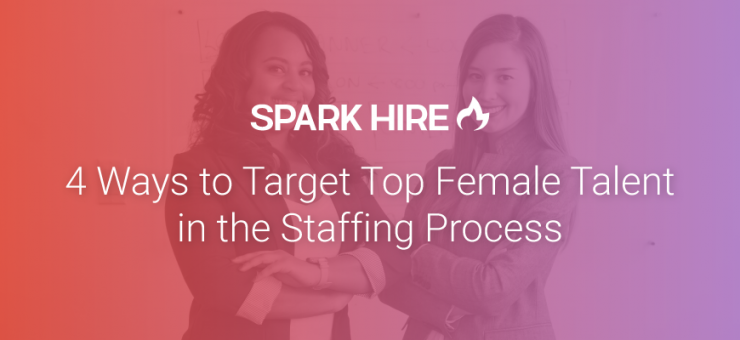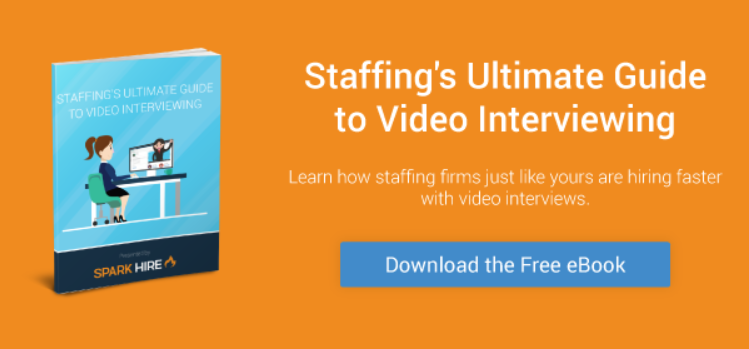Exactly this time last century, women accounted for just 9% of the workforce, according to 1920 U.S. census data. The Bureau of Labor Statistics (BLS) reports this number drastically increased to approximately one-third of the working population by 1950. The BLS predicts the number of women in the labor force will increase to 77.2 million (47.2%) in 2024.
As the gender gap closes, women continue the fight for equality in the workplace. Yet, unlike in 1920, today’s women are recognized for their well-earned places in the business world. Announcements of females moving into C-suite executive roles at major corporations routinely make headlines.
Equally exciting, the number of female-founded companies is on the rise. A 2019 Peakon report, The XX Factor: The Strategic Benefits of Women in Leadership, revealed women-led companies — those with more than 50% female representation in management — are even considered to be better in all aspects of strategy by employees.
Most of the working world recognizes the value of female employees. But the tight labor market and inequality lingering in modern-day workplaces make it challenging to cultivate trust in your clients when it comes to appealing to top female talent.
That’s why we have compiled four tips to ease the pressure of attracting and placing female candidates in your clients’ open roles:
1. Reveal the baseline mission
Well-intended employer branding efforts have led to muddled ideas of what company missions are all about. They’ve become complicated combinations of a company’s purpose and highlight-reels of why candidates should join the team.
Stripped down to its traditional basics, a mission defines what a company is, why it exists, and its reason for being. Unfortunately, without a clear-cut and relatable mission statement, employees feel less connected to their overall work.
In fact, millennials report finding significantly less meaning in their work today than both Baby Boomers and Generation X, according to Peakon’s Working Better Together report. However, employees in women-led companies in Peakon’s Strategic Benefits of Women in Leadership report say they’re “inspired by the purpose and mission of their organization.”
Candidates don’t just want to see meaning in their work; many understand how to create it. Focus your strategy on how the role connects to the baseline details of the mission statement. Ensure your marketing materials check each of the following boxes:
- Show how the role and similar roles fulfill the “why it exists” portion of the mission statement for current female employees
- Offer customer examples that prove “its reason for being” is critical to people outside of the company
- Highlight examples of female employees in similar roles, preferably ones you previously placed, living out the “why it exists” and “its reason for being” every day
2. Show equal opportunities for advancement
Female leaders have proven they are powerful in every aspect of organizational strategy. Still, McKinsey’s 2019 Women in the Workplace report revealed for every 100 men who were promoted to management, only 72 women were promoted.
Of course, it’s important to note that not every candidate dreams of climbing the company ladder. Regardless of their aspirations, female candidates need to know equal opportunities exist as part of your clients’ core values.
Assess your clients’ current public image regarding equal opportunities for advancement. Review their social media, team member page, and career site to determine how well they demonstrate opportunities for both male and female employees.
If your client has split leadership representation or females lead the charge, highlight leading ladies in marketing materials. When you have clients with more male leaders, ask them for insights on their equal advancement opportunities goals and initiatives.
For example, if a company has inclusive learning programs with options for flexible training, share quotes from female employees who have taken advantage of these opportunities. Ask them to note how the programs have changed the course of their careers and what leaders do to encourage their development.
3. Establish clear evaluation criteria
Throughout the sourcing phase of your staffing process, it’s important to focus on specifically targeting female talent. However, when it comes to evaluation, you must remove the gender lens and review everyone equally.
Unfortunately, staffing isn’t entirely free from bias. Unconscious bias still diminishes the chances of female candidates being fairly placed in roles they deserve.
Before sending candidates to clients, ensure your team assesses all candidates equally. This doesn’t just protect candidates from bias; it also provides your clients with the best-fitting talent.
Gather your team to establish clear evaluation criteria for the entire placement process. Follow these steps to get started:
- Determine essential qualifications candidates’ resumes/applications must meet to earn an interview
- Write structured questions candidates will be asked in the first and final interview rounds
- Create candidate scorecards and evaluation guidelines
- Determine how the scores will be used in the decision-making process
- Reassess the evaluation process frequently to improve criteria constantly
There are many tools used to increase placement standardization and decrease bias. One-way video interviews, for example, deliver the same questions in the same format to every candidate. In turn, your team and clients easily compare and effectively evaluate all applicants.
Interview evaluation tools that allow instant evaluation of a structured rating system also improve candidate assessments. This keeps your team on the same page and allows for thoughtful discussions before a collaborative decision is made.
4. Make applying and interviewing accessible
The majority of caregivers in the U.S. are women (60%), according to a 2018 report by National Partnership for Women and Families. Their care and responsibilities vary depending on financial situations, the level of care loved ones need, and support systems.
As a result, many female candidates have both careers and other time-consuming responsibilities filling their plates. Lengthy application processes and hard-to-schedule interviews deter candidates from applying or moving forward to clients’ open roles.
Test out your application process. Ask colleagues who aren’t familiar with a role to apply as though they were a busy applicant on both mobile and desktop. If it took them longer than 15 to 30 minutes to apply, consider shortening the application.
Once you have the application narrowed down to a reasonable length, implement an easy interview process. While we encourage your clients to perform in-person interviews later in the process, it’s important to make these early stages as accessible as possible. In addition, live video interviews broaden your talent pool by reaching applicants around the country while offering candidates the ease of interviewing without traveling, decreasing their time off of work and away from loved ones.












